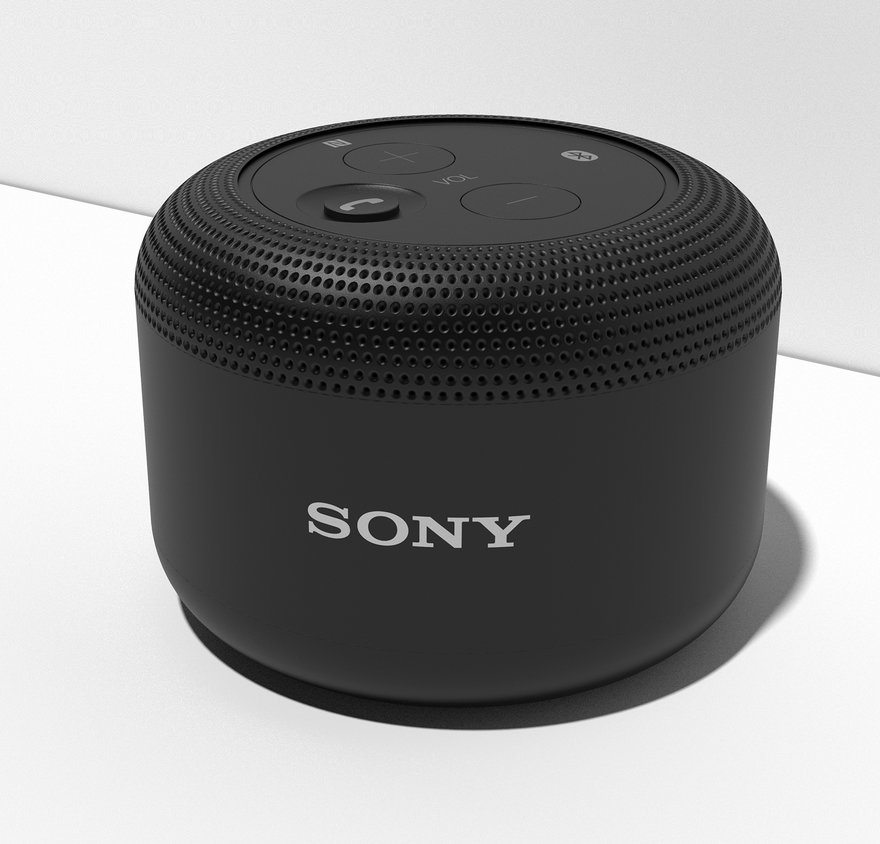Now that applications are open for Offsite's second cohort of industrial design students, we asked Advanced Design's Hector Silva to explain the program, why they started it, what's on offer, and who should apply. (They've also sent us some samples of student work from the first cohort of students, which we'll sprinkle throughout the piece.)
Core77: What is Offsite?
AD: Offsite is a 12-week intensive industrial design program centered on reframing what design education can be. The goal is to provide high-quality design education, connections, and skills to hit the ground running, and to do it all in a manner that is financially accessible. Offsite is everything that your traditional college isn't.



What motivated you to start it?
Hector was motivated to start Offsite with a group of other like-minded designers because of the gaps that we saw between academia and industry. There are a lot of students that are not prepared to fully transition from an academic environment into a fast paced competitive design environment, mostly because our industry evolves so fast that academia is too slow to adapt to these changes — leaving a lot of gaps.
Students have been continuously frustrated by the quality of their education. The all too common story is that of professors who have not been practicing in industry for over a decade, and resultantly, don't have their finger on the pulse of industry. Then you mix in the COVID-19 pandemic, and when forced into remote learning, students are beginning to question what they have been paying tens of thousands of dollars for all along.


Who is involved with instruction, and why did you choose them?
We are working with a diverse, highly talented team of working designers: Michael DiTullo, Kat Reiser, Spencer Nugent, Kelly Custer, Tyler Anderson, and Dominic Montante.
We know each of these instructors personally and trust in their ability to deliver world-class design education. These designers have their finger on the pulse of the industry and know what it expects of students. Each instructor brings a unique talent to the table, but also a strong sense of versatility — we could just as easily entrust them to teach each other's courses.



Who should apply to Offsite?
We are looking for highly-motivated, self-starter students. And we do not mince words when we say this. We've abolished grades, tests, and mandatory assignments as these do nothing to measure the success of a student. Our metric for success is if a student can apply these relevant skills to their portfolio and secure the job they want. That said, the only students who will succeed in this environment are those who will take their career into their own hands.
For our Spring 2020 Session, we will be focusing on sharpening the skills of active design students. We are looking for designers who already have a foundation in industrial design as we will be working with the assumption you know the basics. We will be looking to offer both foundational courses for students leaving high school and courses for more advanced professional designers in the future.


What are the logistics of the classes?
Given the nature of the pandemic, classes will remain online for the next session. The central hub of our school is our Slack, which features all of our discussion boards and auxiliary content. Courses take place over Zoom, and are recorded for those unable to attend in person. The overall course load would be equivalent to about a semester of college/university.


What is the curriculum for this year's Offsite? What will next year's be?
Our first run was our pilot. We've taken a lot of learnings from that first session and are applying tweaks to the next session. The curriculum will stay the same, and we will cover practical skill sets often lightly discussed in school but learned on the job.
The Business of Design, taught by Michael Ditullo, teaches how stakeholders outside the design studio affect design.
Design for Manufacturing, taught by Dominic Montante, shows the real-world constraints of materials, processes, and cost.
Design Discourse, taught by Spencer Nugent, aids students in developing productive opinions when speaking about design.
CAD for Visualization, taught by Tyler Anderson, gives students up-to-date rendering skills to best display their work.
Real-World Sketching, taught by Kelly Custer, draws a distinction between beautiful sketch art online and the real sketching designers use as a vehicle of communication.
Professional Self-Presentation, taught by Kat Reiser, puts all these components together to tell the story of a student's work.


What's the hardest thing about teaching online vs. in person? And have you found any advantages?
Teaching online is easy. Creating a real sense of community is not. Our team strategically built Offsite from the ground up knowing we would be offering all courses online. Learning from the complaints of current students in the online climate, we sought to recreate the same studio energy you find in a physical school through both scheduled and impromptu studio meetups, game nights, and talks.
Even all of our planning between the instructors took place remotely — we did not meet together physically once.
The most challenging aspect is coordinating synchronous learning across 10 global time zones. All of our instructors are based in North America, so there is a bit of bias towards those time zones. All class sessions are recorded for those who are unable to attend during live sessions.
The real advantage is we can have classes with students from around the globe. In physical school, there's no way you could have a student wake up in India, Italy, or Argentina, and then all join the same classroom together. It's been incredible to see the students share their international perspectives and experiences with another and build friendships.
________
Ready to apply? Head over to advdes.org/offsite for additional information and registration.
from Core77 https://ift.tt/37fxYKQ
via IFTTT

No comments:
Post a Comment